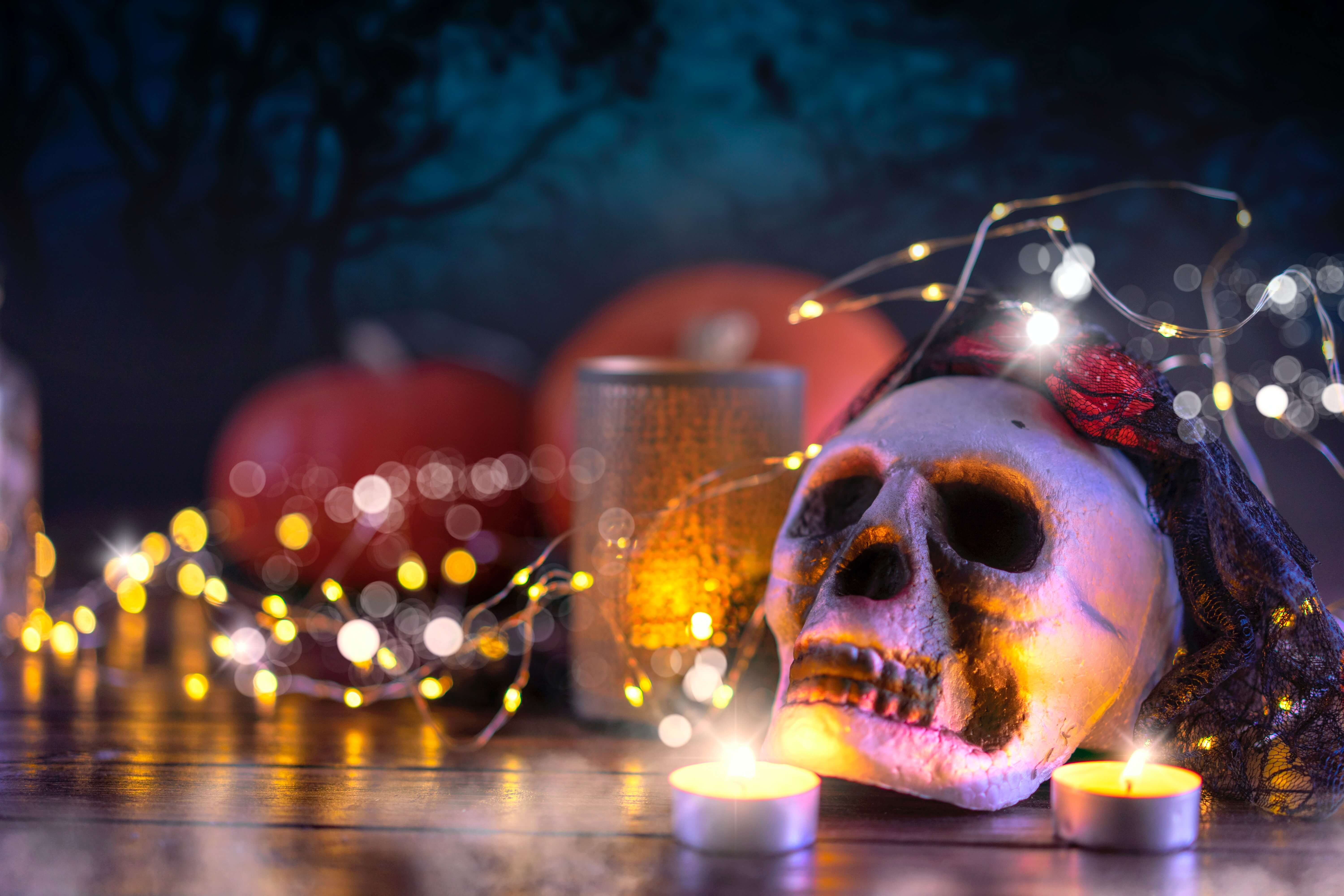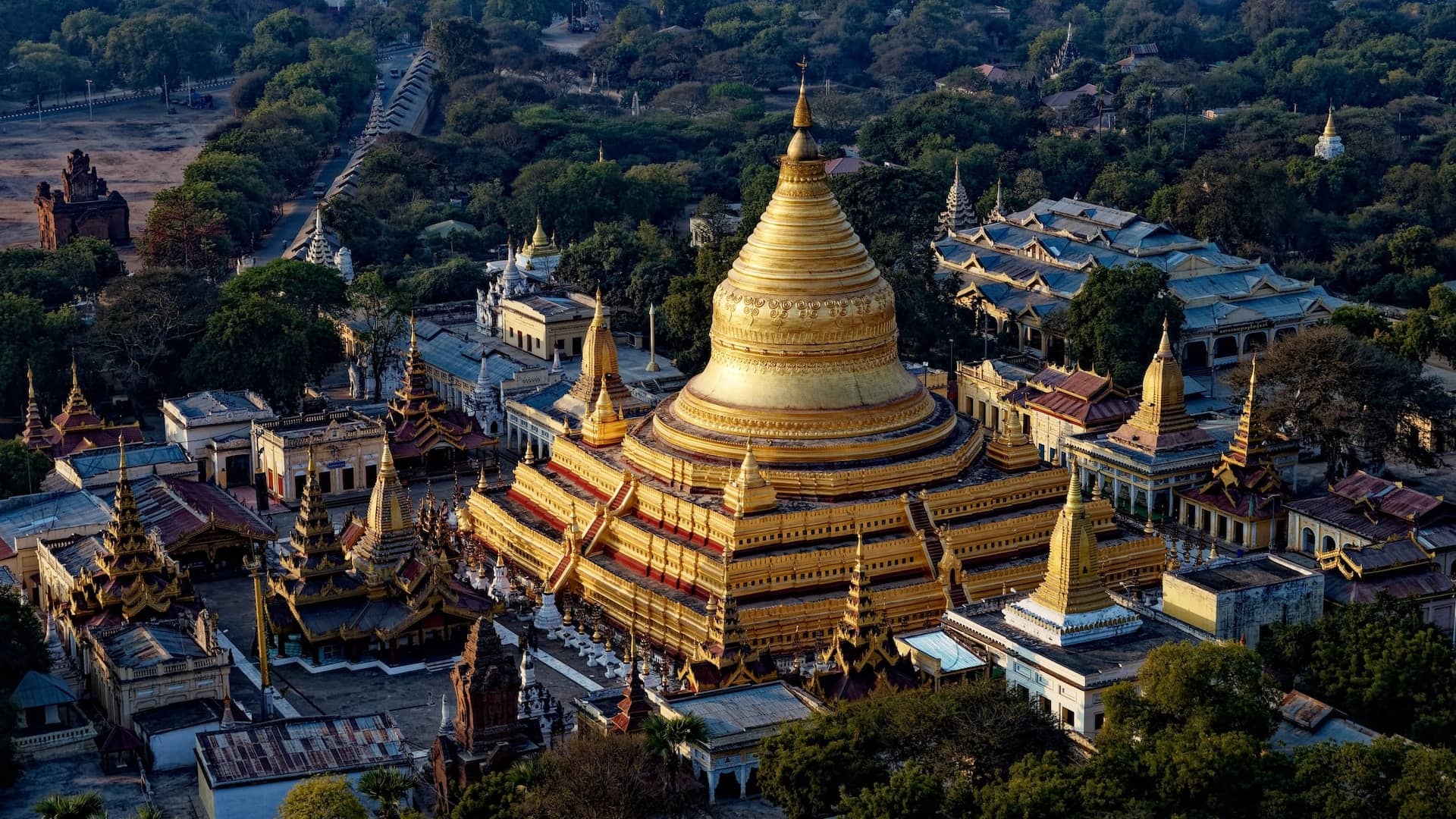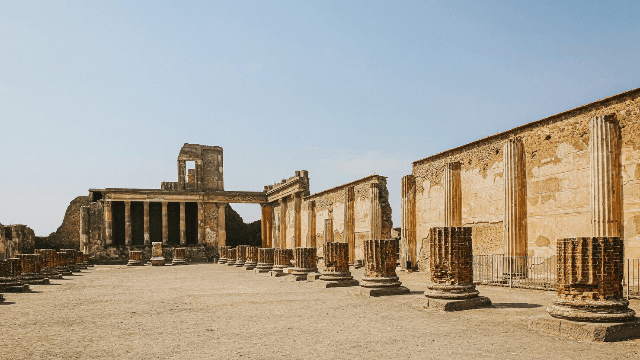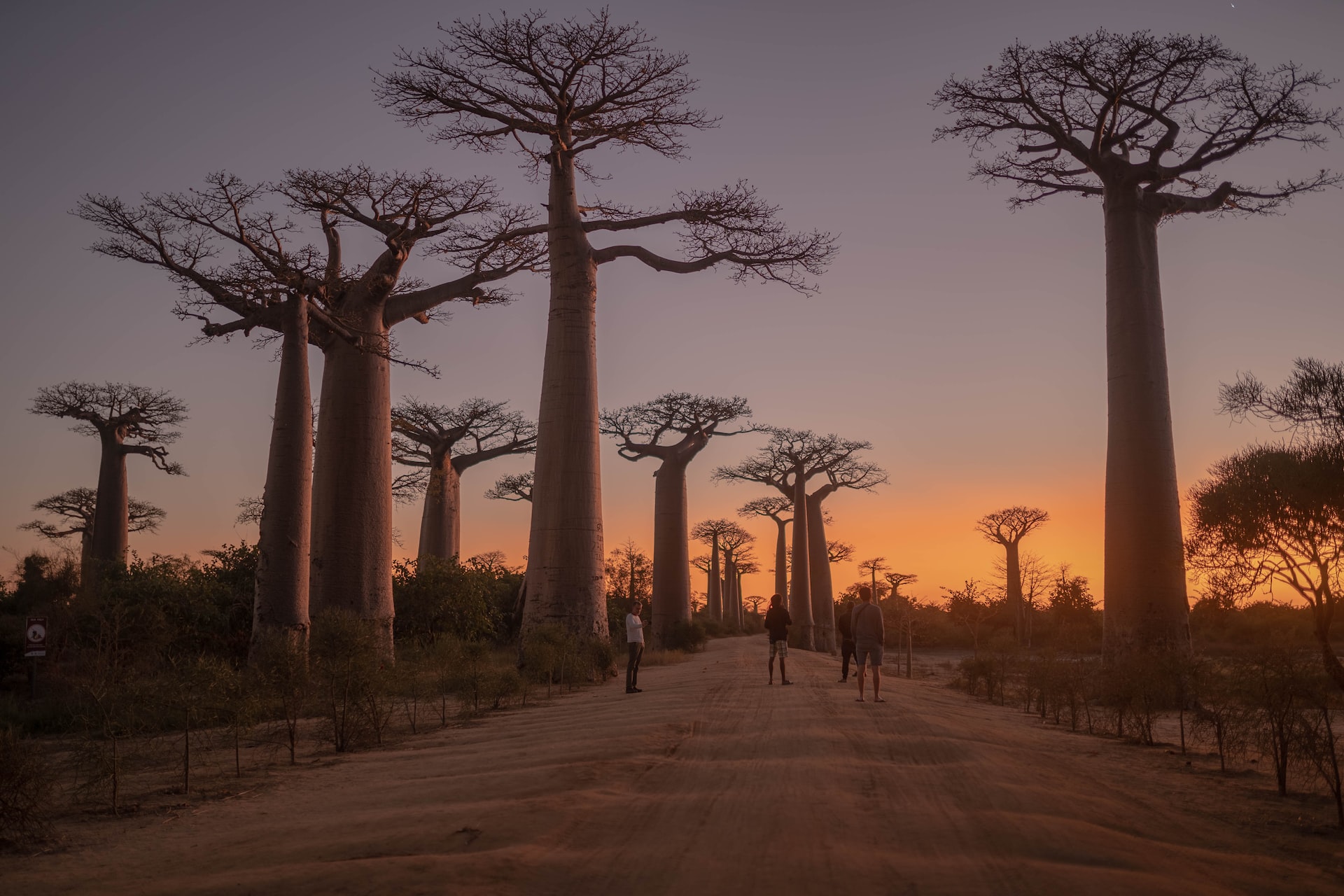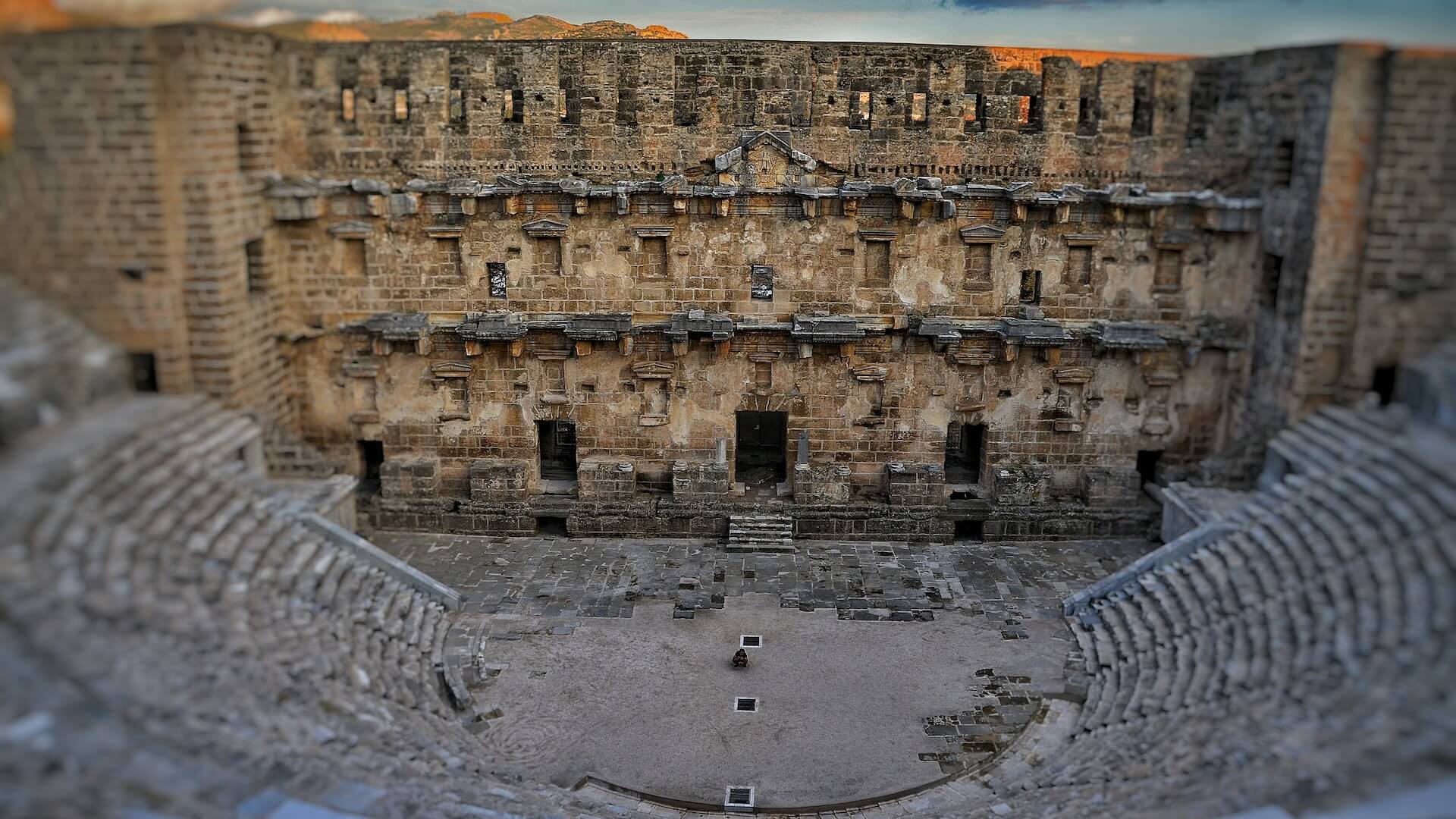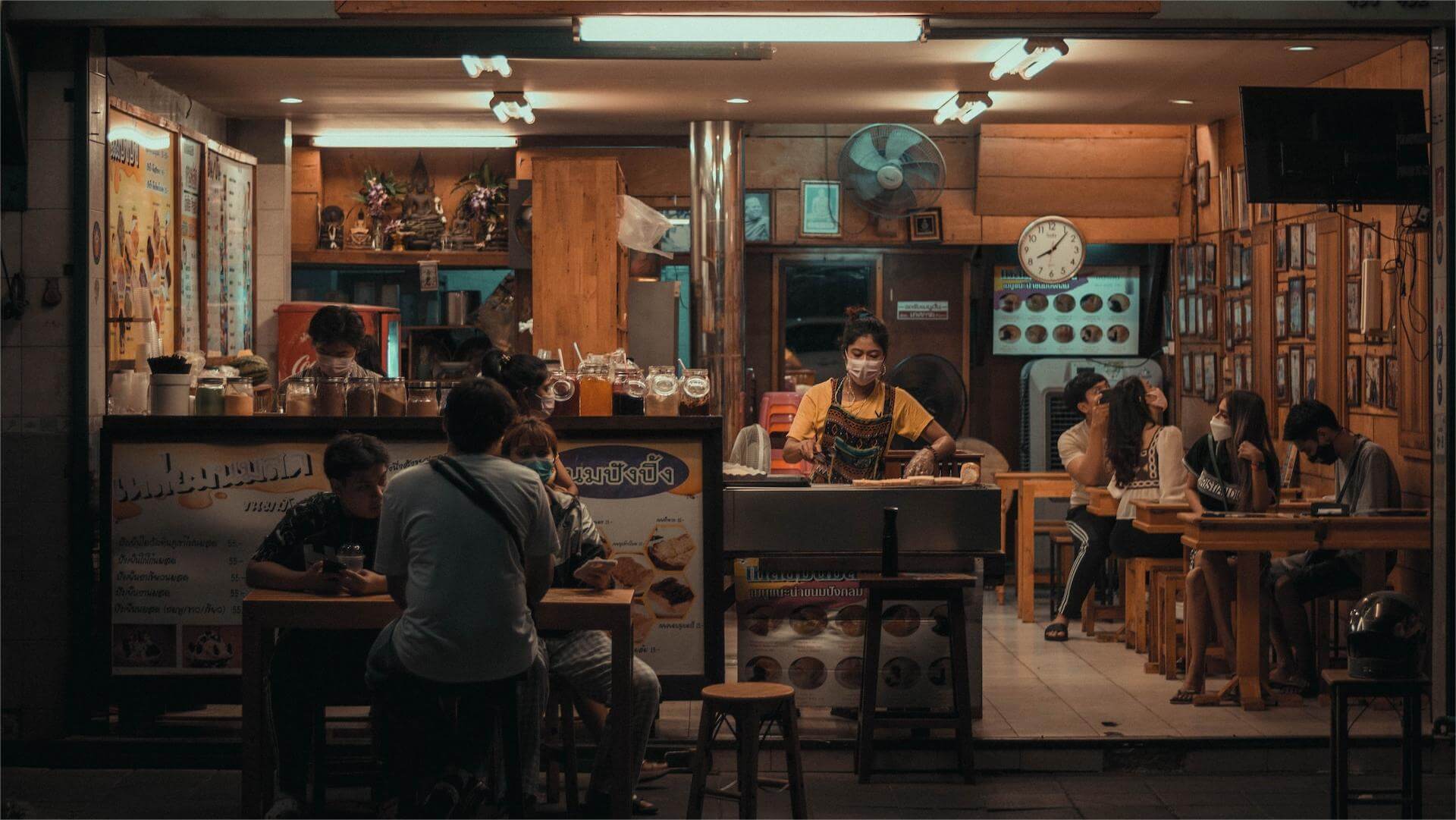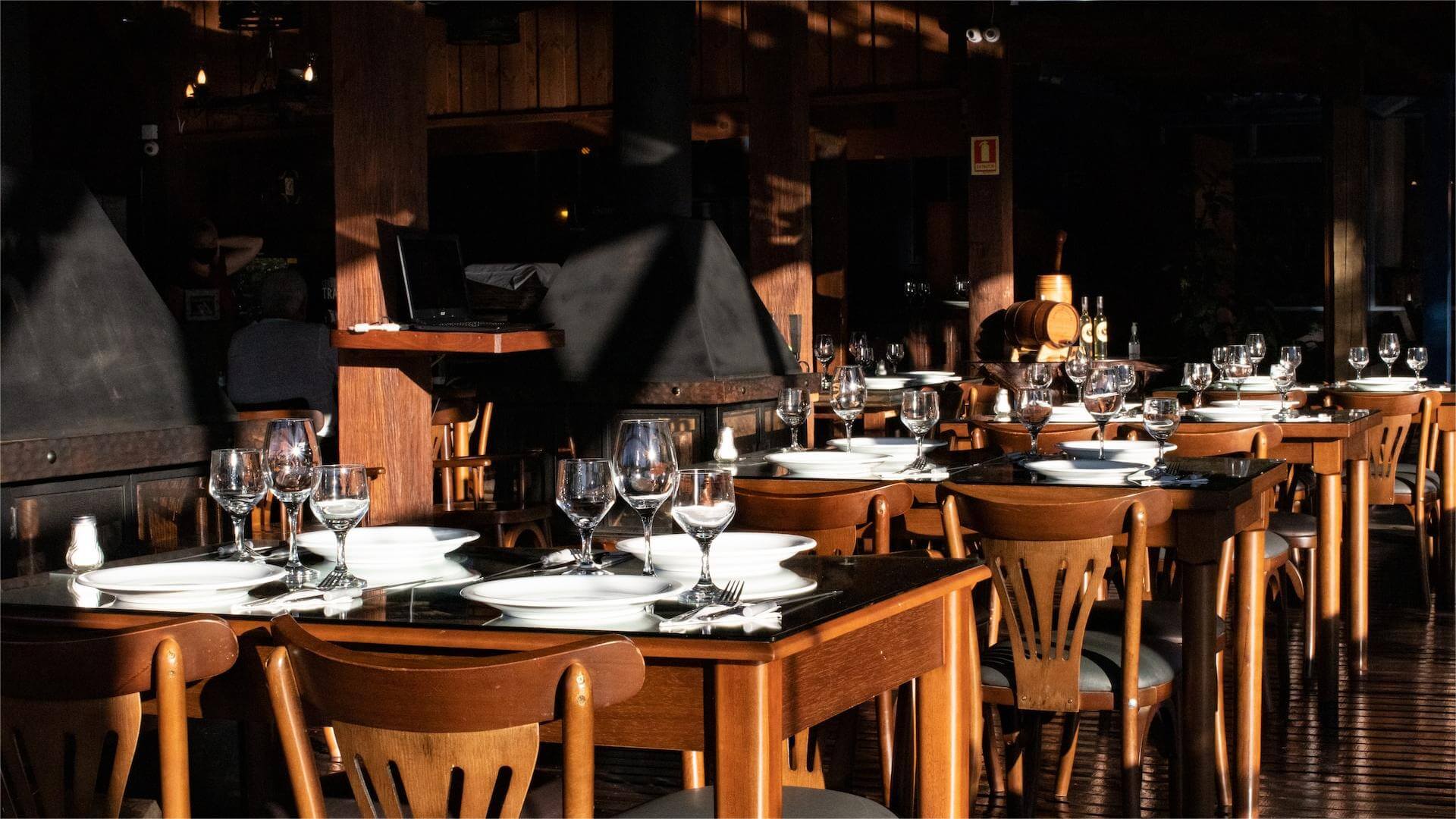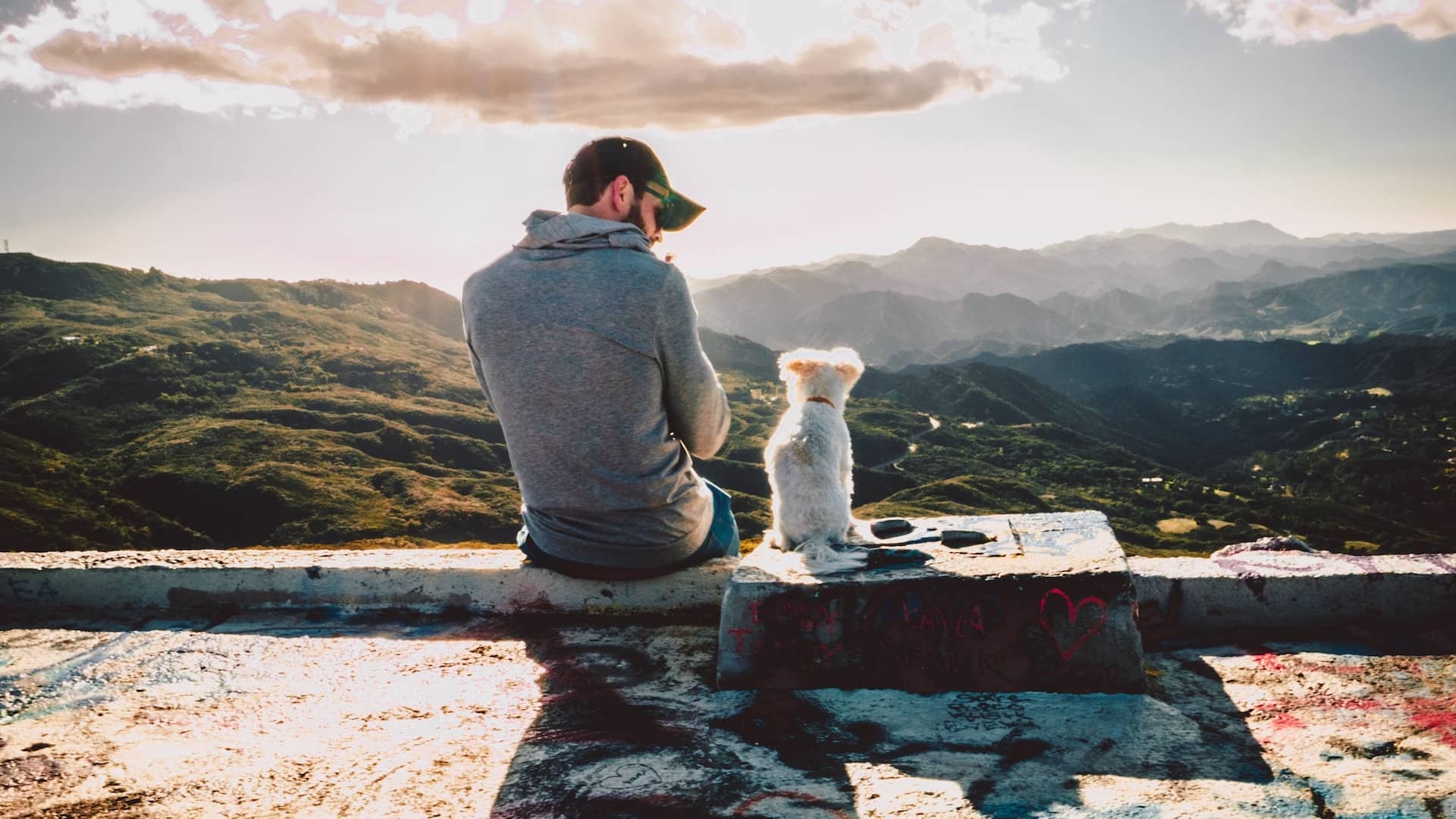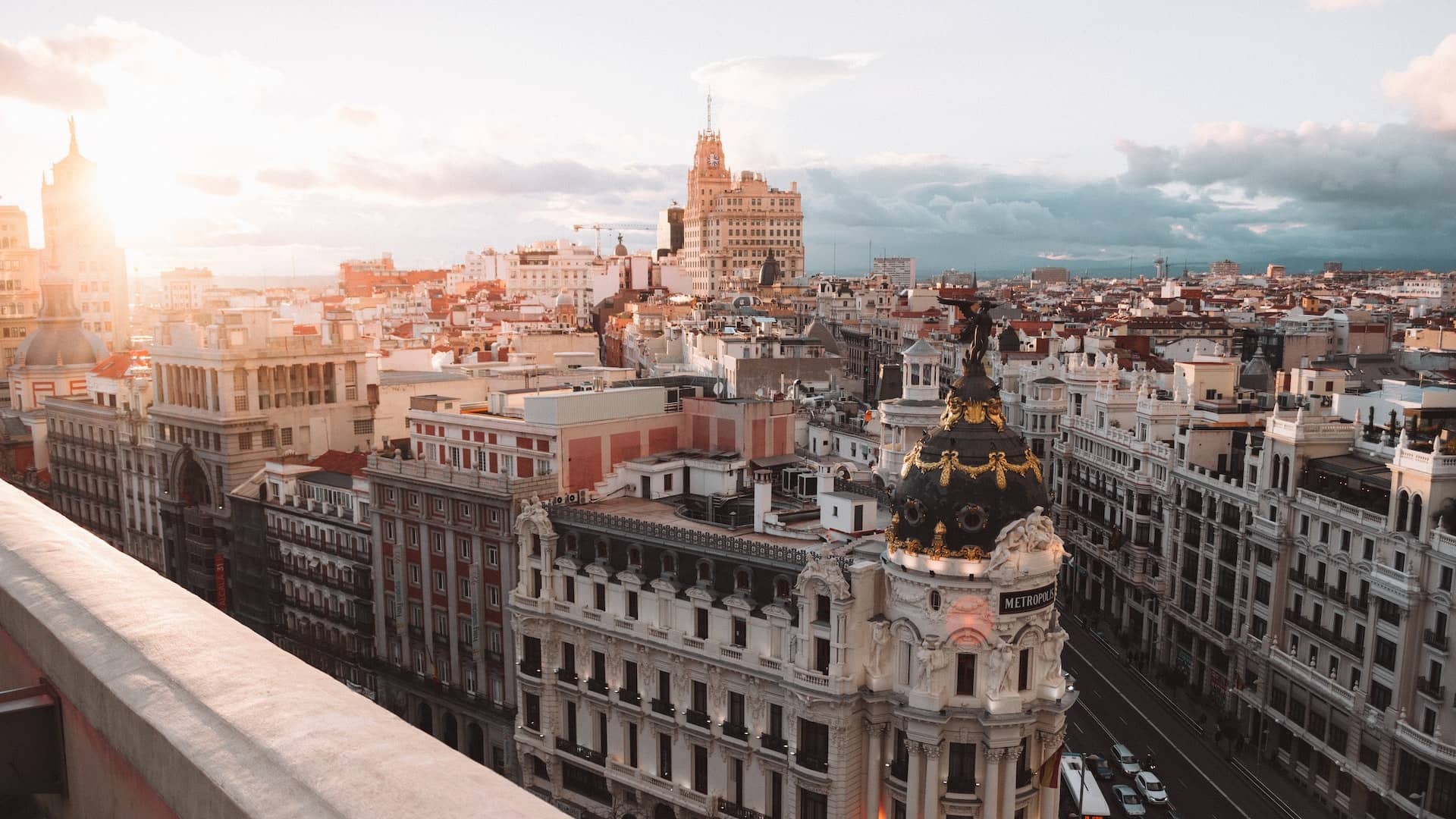S
Every year from October 31, Mexico celebrates the "Day of the Dead" (also called "Day of Death"). Strolling through Mexico's cities and towns, you can see the "spirits of the dead" everywhere, everywhere is a festive atmosphere. This festival in Mexico, both with the Western "Halloween" has similarities, but not exactly the same. It shows the strong cultural characteristics of the Indian people. Here we will go with the editor to understand it.
Mexican horror "Day of the Dead" customs
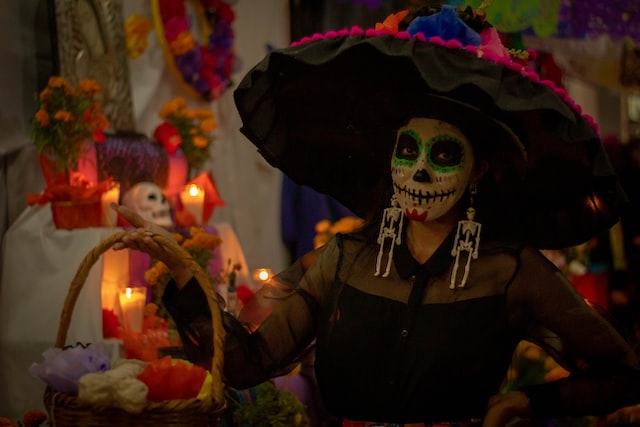
The famous Mexican writer, Nobel Prize winner Octavio Paz, said: "Death is actually the day of the dead. Paz said: "Death is actually a reflection of life. If death is meaningless, then so must be life." "It is death that shows the highest meaning of life; it is the opposite of life and the complement of life." This has not only become a cultural phenomenon with Mexican national identity, but also expressed the values and philosophical concepts of Mexicans. Mexicans inherited this view of life from the philosophy of the ancient Indians. Therefore, they celebrate with joy the completion of the life cycle, once a year to welcome the reunion of the living and the dead. The annual Day of the Dead is an influence of such an Azteca philosophy and custom. People pay tribute to the dead, but never sad, and even sing and dance all night long, intended to celebrate the holiday with their dead loved ones.
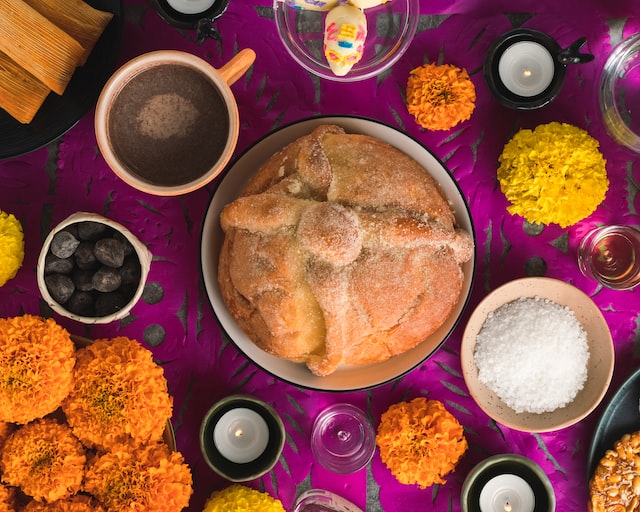
According to folk customs, November 1 is the "young spirit" festival; 2 is the "adult spirit" festival. People in the cemetery to the village or town road scattered yellow flower petals, so that the spirits of the dead to follow the fragrant path to return. In the evening, pumpkin lanterns are lit in front of homes to guide the spirits to their homes, and offerings such as corn soup, chocolate, bread, dumplings, hot sauce, pumpkin, sweets and desserts are placed on the altar for the spirits to enjoy. "The bread on the altar of the Day of the Dead is different from the bread normally eaten. The different shapes have different meanings. Some are made in the shape of a "man", while others are made without "legs", indicating "ghosts"; the bread called The spiral-shaped bread called "Roskhet" means the reincarnation of life, and the lasagna-shaped and decorated bread "Ohadra" means welcoming the return of the dead. During the festival, both men and women, young and old, are allowed to wear masks and ghostly clothes with white bones on them and parade through the streets to indicate the return of the dead.
